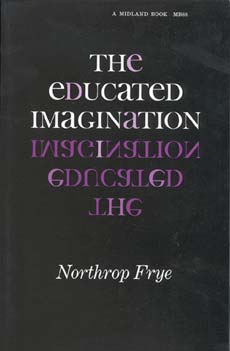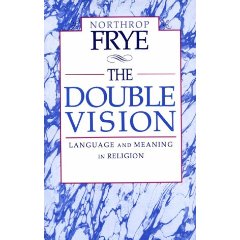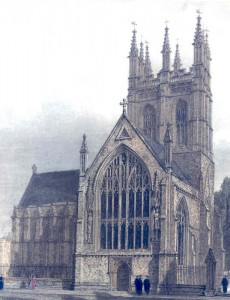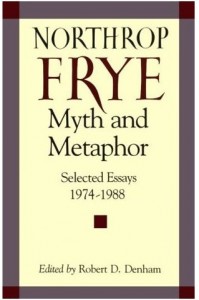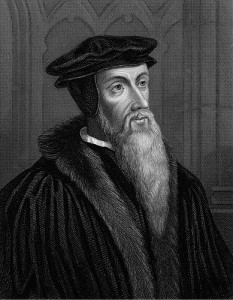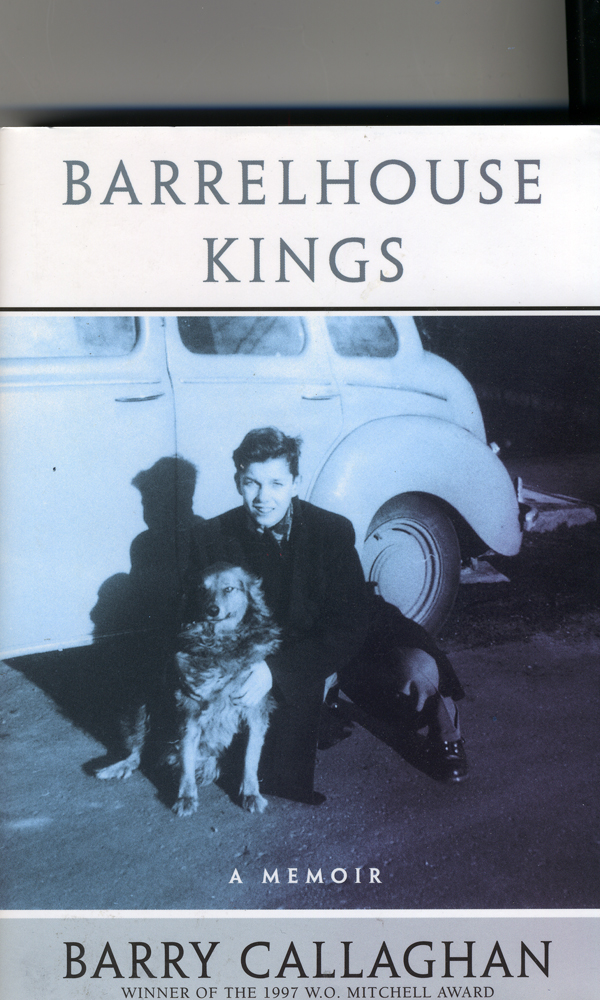
Lest this blog get too serious, here’s a little episode from Barry Callaghan, Barrelhouse Kings (Toronto: MacArthur and Co., 1998), pp. 551–7. [The ellipses are Callaghan’s.] A briefer account of the Frye/Gale episode is recorded in an interview with Callaghan by Roger B. Mason in Books in Canada 22, no. 5 (July 1993).
The supper to launch A Wild Old Man on the Road –– a story about two writers, a meditation on the nature of celebrity, youth and age, fathers and sons, betrayal and love— was given at George Guernon’s Le Bistingo by General Publishing, his new house headed by my old friend and first publisher, Nelson Doucet. There were some seventy people there . . . the one writer in the country that Morley [Barry’s father] truly admired and felt affection for — Alice Munro — and the premier, David Peterson, and Zachary flew in from Saratoga, and Peter Gzowski and Greg Gatenby, Robert Fulford and Northrop Frye all had a chair. In charge of chairs, I had mischievously put the actress Gale Garnett beside Frye on a banquette. The great scholar, whose public manner was often “shy reluctance” (masking an enthusiasm for the scatological), eyed her ample cleavage. People kept interrupting with “Good evening, Doctor Frye” and “Very pleased, Doctor Frye,” until Gale—a forthright literate woman of gumption, beauty and wit, a trouper in the finest sense (schooled as a girl by John Huston, a star in Hair, a companion to Pierre Trudeau, a journalist for The Village Voice, novelist and a mature actress in fine movies, including Mr. and Mrs. Bridge), said, “Doesn’t anyone ever talk to you like a human being?”
“Not often,” Frye said.
“I’ve a cure for that,” she said, taking two red sponge balls out of her purse. She squeezed one, it opened, and she clamped it on his nose. She damped the other on her own nose and the two sat side-by-side beaming, clowns on a banquette.
A film producer from Amsterdam cried, “Norrie, how are you?” Frye stood up and clasped his hands, saying, “Fine, fine.” Gale handed out a half-dozen clown’s noses and soon Greg Gatenby and Francesca Valente, director of the Istituto Italiano, and Premier Peterson were posing with Frye for snapshots, all clowning, happily wearing red noses.
